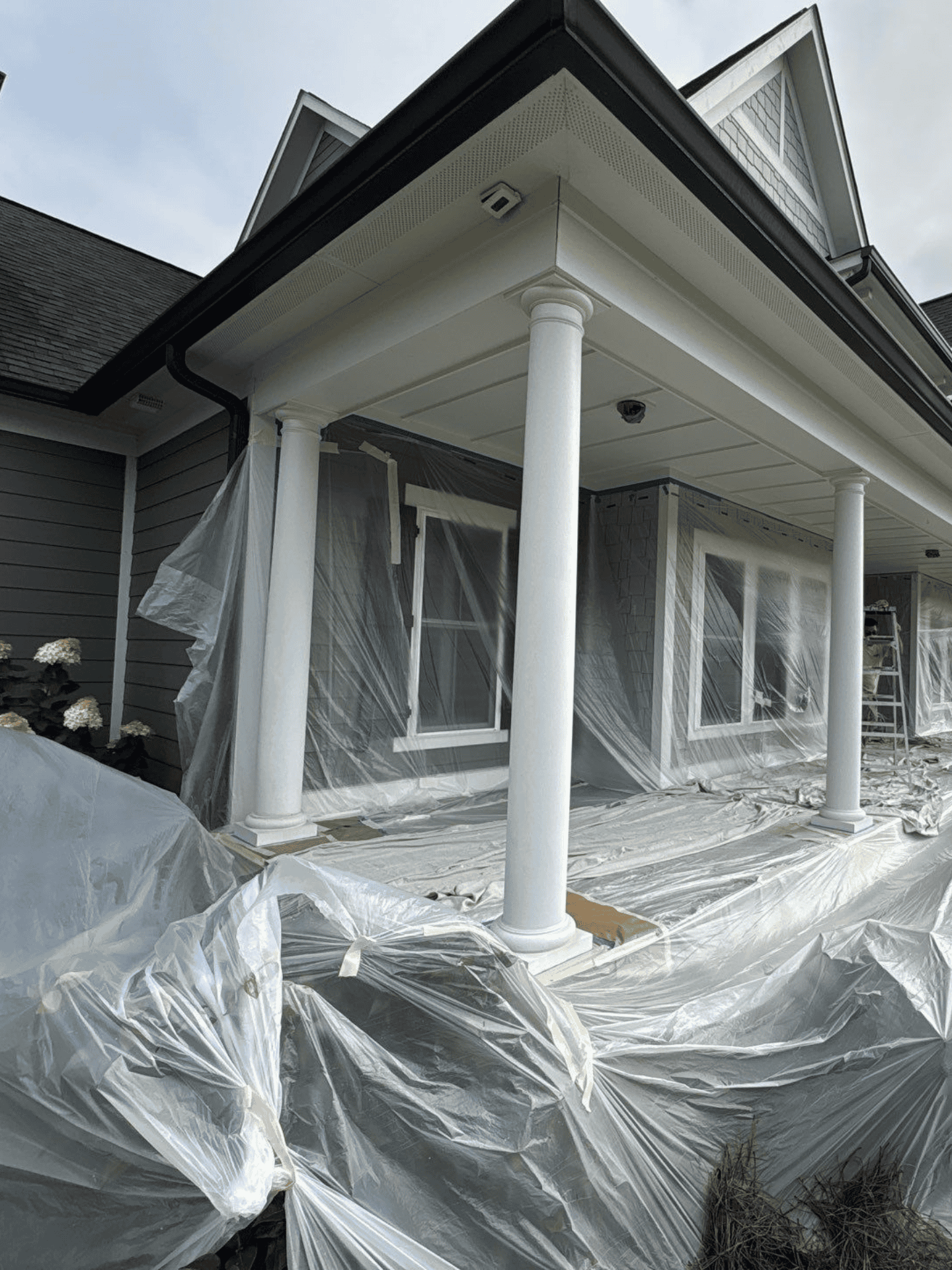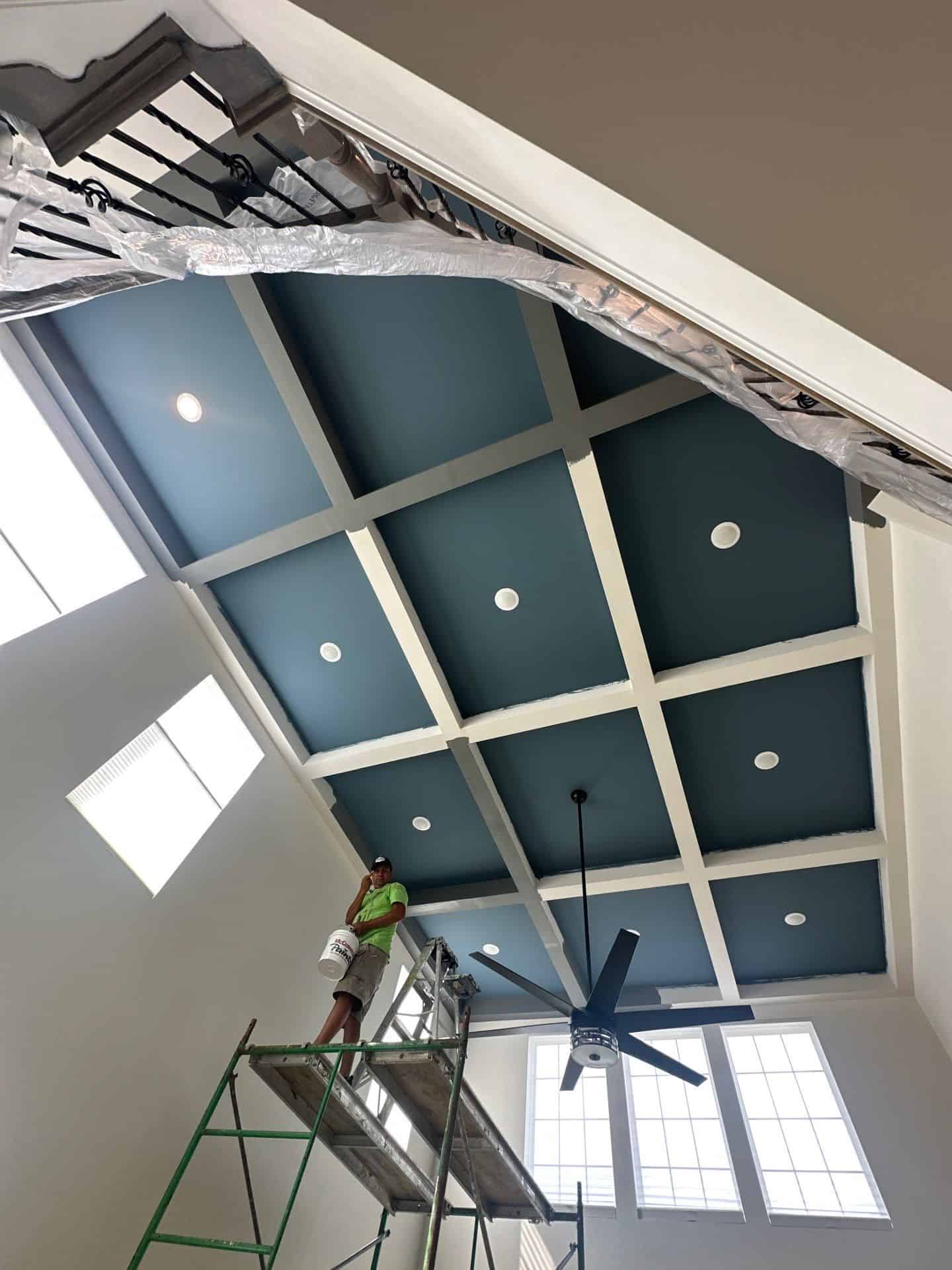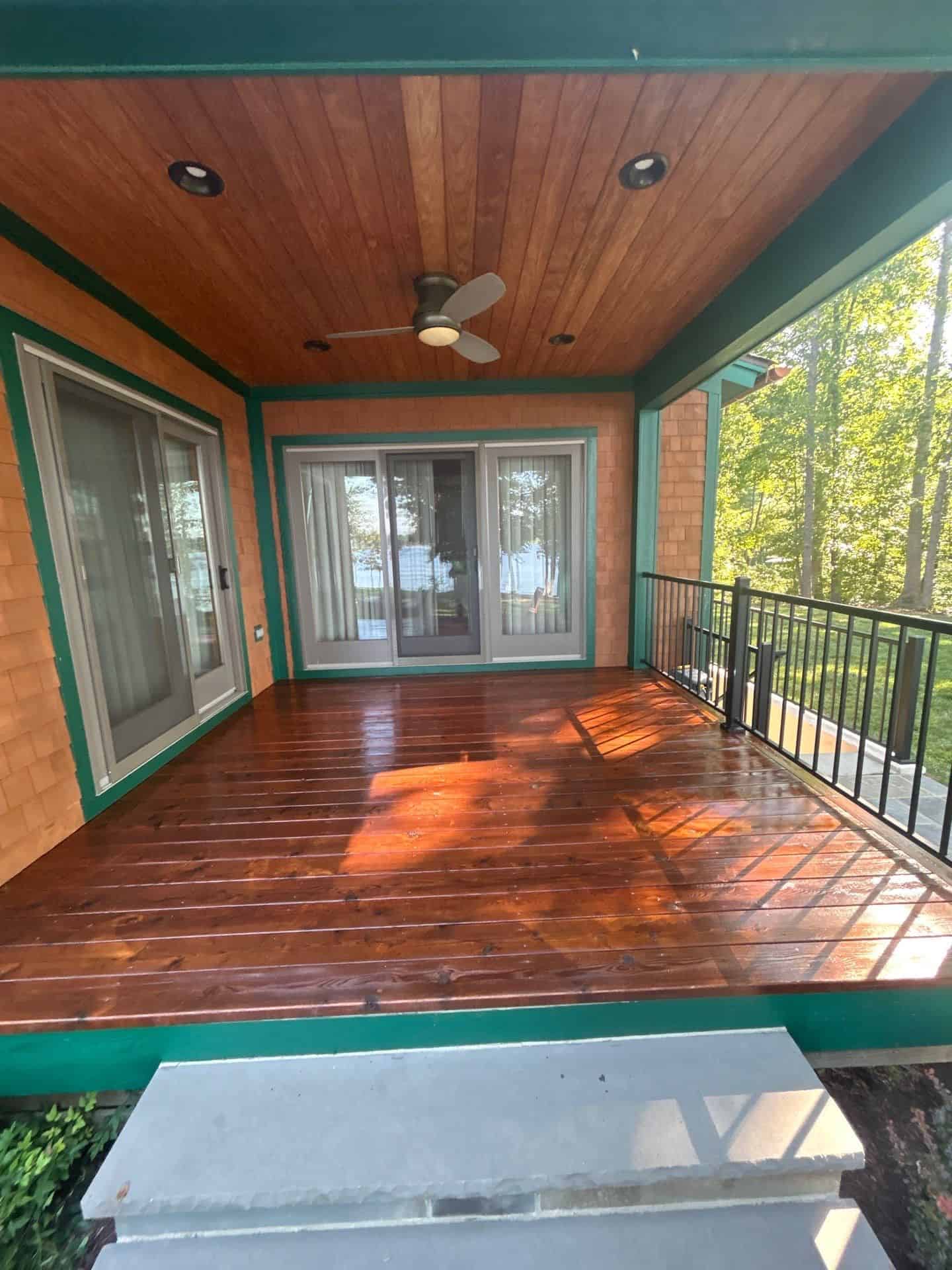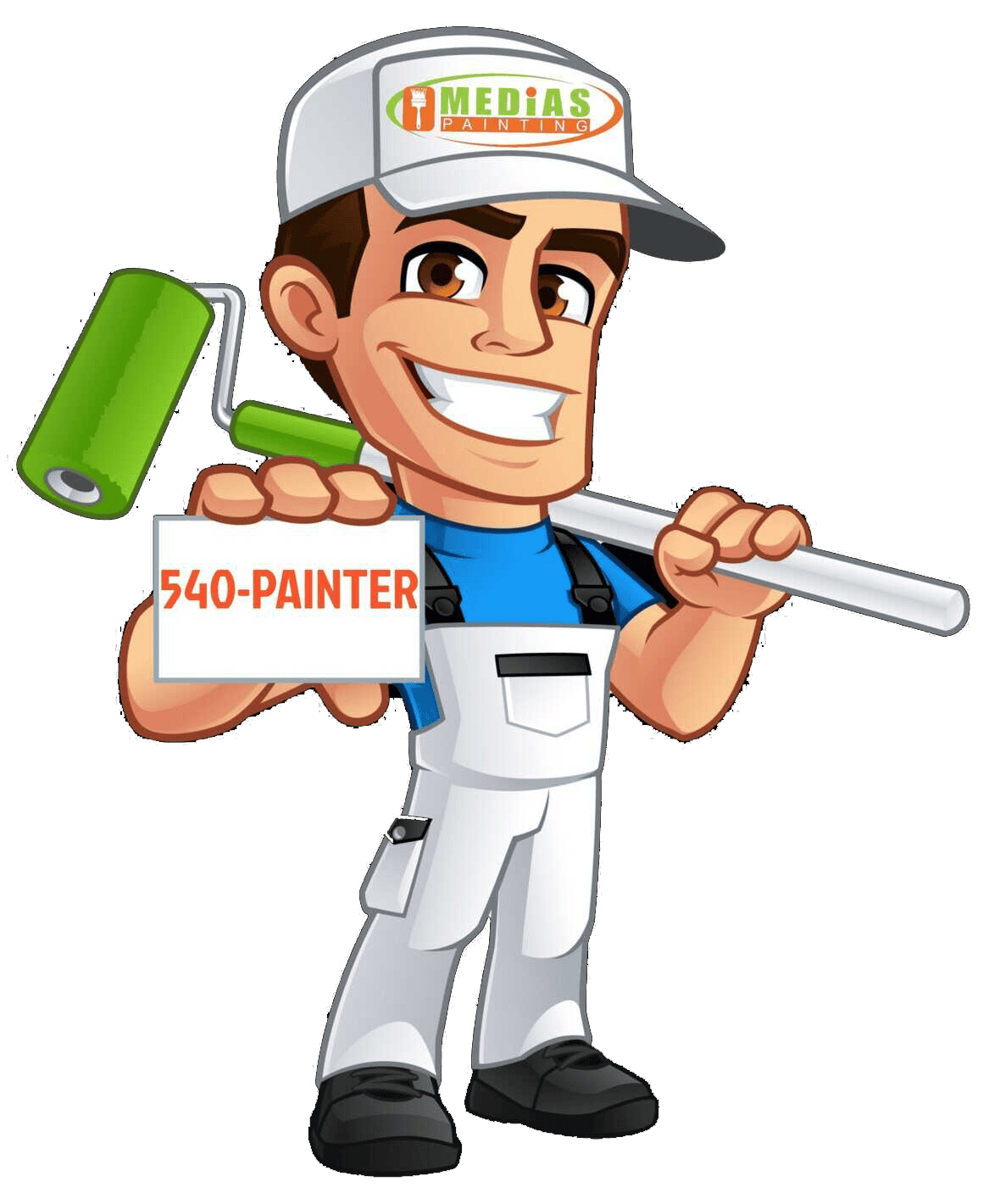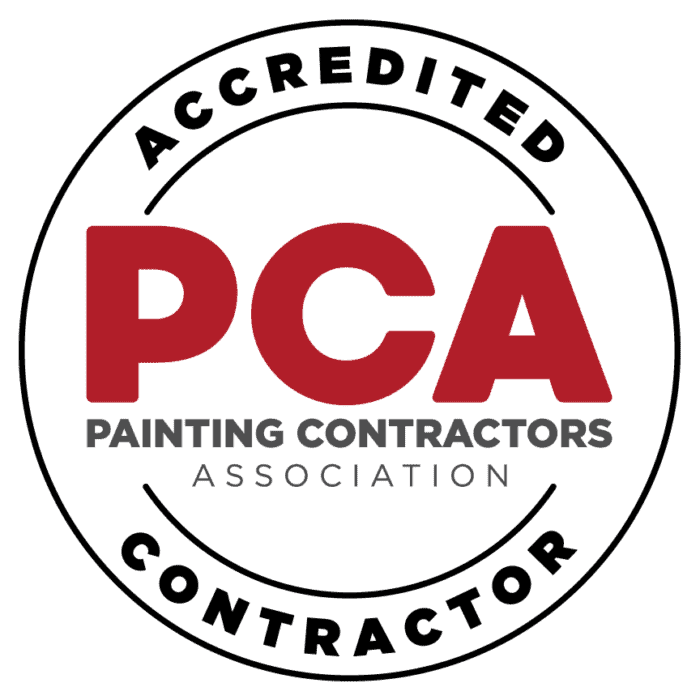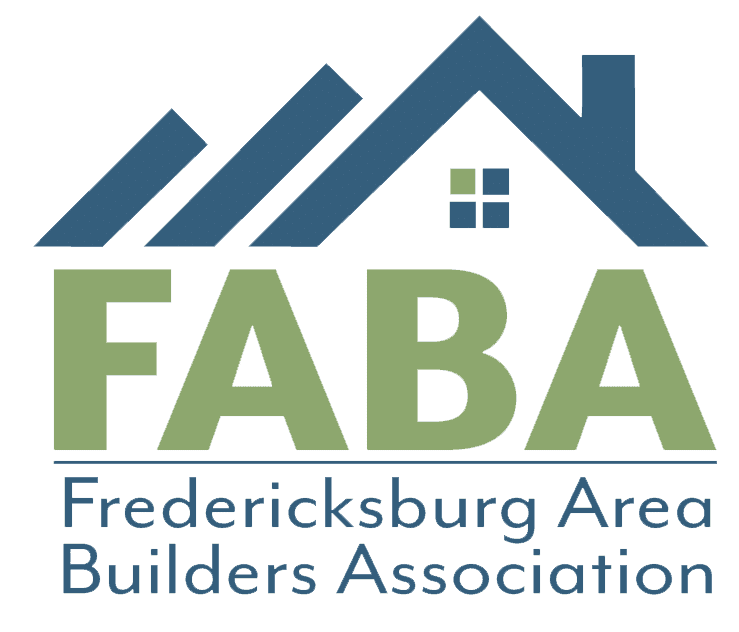When most people think of hiring a painter, they expect the contractor to say “yes” to whatever project they have in mind. But here’s the truth: smart painters sometimes say “no.” And that refusal, while it may sound frustrating at first, is actually one of the biggest industry secrets that separates professionals from amateurs.
Smart painters decline projects not because they don’t want the work, but because the conditions guarantee failure, safety hazards, or wasted money for the homeowner. Saying “no” is about protecting your investment, ensuring safety, and maintaining the quality of the final paint finish.
In this guide, we’ll break down why saying no is sometimes the smartest—and most ethical—choice a professional painter can make. We’ll also show you what to do if you ever hear those words yourself, and how to prepare your property so painters are ready to say “yes” with confidence.
The Industry Secret Explained
The industry secret is simple: saying “no” is a form of quality control.
Professional house painters in King George, VA don’t want to risk your money or their reputation on a project doomed to fail. If the surfaces are unstable, if conditions aren’t safe, or if the only option is cutting corners, true professionals will refuse.
This is what sets smart painters apart from cheap or unlicensed contractors. Anyone can splash paint on a wall. But painting isn’t about applying color—it’s about preparation, materials, and workmanship that last for years.
Refusing unsafe or unworkable jobs means you’re dealing with someone who values honesty. It’s a mark of professionalism, not rejection.
When Surfaces Aren’t Ready for Paint
One of the most common reasons painters say no is because the surface itself isn’t ready.
Think of paint as a protective skin. If the structure beneath that skin is weak, the paint won’t stick, and it will fail prematurely. That’s why smart painters refuse to paint over:
-
Rotted wood siding
-
Crumbling stucco
-
Water-damaged drywall
-
Peeling or bubbling paint
Products often used for surface repairs include Abatron® WoodEpox for restoring rotted wood, Minwax® Wood Filler for smaller patches, or USG Sheetrock® Joint Compound for drywall repairs. Without these steps, painting would just cover the problem—not solve it.
If you’ve ever wondered why a professional won’t just “cover it up,” this is the reason. A cover-up looks fine on day one but peels, chips, or fails within months. That’s not a service any reputable house painting contractor in King George, VA will put their name on.
Health & Safety Hazards That Force a “No”
Another big reason smart painters say no? Hazards.
Older homes may contain lead-based paint, asbestos, or hidden mold. These materials aren’t just inconvenient—they’re dangerous. By law, lead paint in pre-1978 homes must be handled according to the EPA’s Renovation, Repair, and Painting (RRP) Rule. Ignoring this rule exposes homeowners and workers to serious health risks.
Products and tools professional painters use in these situations include:
-
INSL-X Lead Block® (encapsulation coating)
-
HEPA dust collection systems for sanding and prep
-
Zinsser Mold Killing Primer® for mold-prone areas
But even with advanced products, some projects can’t move forward until remediation is complete. If your painter says “no” to painting over moldy drywall or asbestos siding, it’s because your health comes first.
Budget Pressures and the “Cheap Job” Trap
It’s tempting to ask a painter to cut costs by using cheaper paint or skipping prep. But this is another situation where smart painters say no.
Here’s why: professional-grade coatings like Sherwin-Williams Duration® or Benjamin Moore Aura® contain higher levels of solids and resins. These are what make paint durable, washable, and resistant to fading. Bargain paints are thinner, with less coverage, and break down faster.
Take a look at the comparison:
| Paint Type | Resin/Solid Content | Durability | Typical Cost per Gallon | Lifespan (Properly Applied) |
|---|---|---|---|---|
| Sherwin-Williams Duration® | High | Excellent | $$ | 8–10 years |
| Benjamin Moore Aura® | High | Excellent | $$ | 8–10 years |
| Bargain Store Brand | Low | Poor | $ | 2–3 years |
If a client’s budget only allows for bargain paints and no prep, a professional will say no because they can’t guarantee results—or provide a warranty. Refusal here isn’t about money. It’s about preventing dissatisfaction and wasted investment.
Timing and Weather Constraints
Exterior painting is highly dependent on weather. Smart painters won’t paint in heavy rain, freezing temperatures, or during extreme heat.
Paint needs time to cure properly. If it dries too fast in hot sun, it blisters. If it cures too slowly in damp or cold weather, it may never bond fully.
Pro coatings like Sherwin-Williams Resilience® are designed to resist rain as soon as 2 hours after application, but even those products have limits. Elastomeric coatings may be used in humid coastal climates, but timing still matters.
In King George, VA, where humidity and seasonal storms are common, smart painters schedule projects during dry windows to ensure coatings last.
Mismatched Expectations Between Client and Painter
Sometimes, a painter says no simply because the client’s requests make the project unworkable.
Examples include:
-
Demanding only one coat on a surface that clearly needs two
-
Asking to skip primer on raw wood or patched drywall
-
Insisting on painting over damaged or dirty substrates
Smart painters know these shortcuts will cause paint failure. Since warranties can’t cover bad prep or skipped steps, they’ll refuse rather than risk conflict later.
The solution is communication. When clients and smart painters align expectations, refusals turn into agreements.
The Business and Legal Side of Saying “No”
Beyond surfaces and weather, there’s another layer: business and liability.
Licensed and insured painters must follow OSHA safety regulations and EPA standards. They also operate under insurance rules that often forbid unsafe practices, like working without proper scaffolding or safety harnesses.
Here’s a quick snapshot:
| Risk Scenario | Why Smart Painters Refuse | Consequence if Ignored |
|---|---|---|
| No scaffolding for high work | Unsafe, no fall protection | OSHA fines, worker injury |
| Painting over lead paint | Illegal without RRP compliance | Health hazards, lawsuits |
| Skipping insurance coverage | Not allowed by carriers | Client liability for accidents |
If a contractor says “yes” when the situation is unsafe, both the homeowner and the painter are at risk of lawsuits, insurance denial, and costly failures. That’s why “no” is often the only professional choice.
Why Saying “No” Actually Benefits the Client
It may sound strange, but refusal is often in the client’s best interest.
By saying no, smart painters:
-
Protect you from spending money on a job that won’t last.
-
Keep your home safe from hidden hazards.
-
Maintain warranties that protect your investment.
-
Build trust by being honest rather than overpromising.
Homeowners who hear “no” often realize later it was the best outcome. It prevents quick fixes that cost double when repairs are needed later.
How Clients Can Avoid Hearing “No”
If you want a smooth project, preparation is key. Here’s how to make sure your painter is ready to say “yes”:
-
Inspect your home for damage first. Address rot, water intrusion, or cracks.
-
Budget realistically for prep, materials, and professional labor.
-
Schedule exterior projects in the right season—dry, moderate weather.
-
Stay open to professional recommendations.
Smart painters often provide pre-project checklists to help clients prepare. For example, knowing how to repair chipped paint before requesting a quote can save time and prevent surprises.
People Also Ask
Why would a painter refuse to take a job?
Because conditions—like unsafe surfaces, hazardous materials, or poor budgets—guarantee failure.
What is the biggest secret in the painting industry?
That saying no is a mark of professionalism, not rejection. It protects the client and ensures quality.
Can smart painters paint over mold or water damage?
No. These issues must be remediated first, or the paint will fail and risks will remain.
Why does weather matter so much when painting?
Paint must cure in the right conditions. Too hot, too cold, or too wet leads to blistering, peeling, or poor adhesion.
Do smart painters refuse unsafe projects?
Yes. Licensed and insured painters are bound by OSHA and EPA standards.
How do I prepare so a painter won’t turn me down?
Fix damage, plan for quality materials, and schedule during the right season.
Is it a red flag if a painter says no?
No—it’s a good sign. It means they care about doing the job right.
What should I do if my painter refuses my project?
Ask for recommendations on repairs or timing so you can revisit the project later.
Saying “No” is the Smartest Form of Professionalism
At first, hearing “no” from smart painters can feel discouraging. But in reality, it’s one of the most valuable things a smart painter can say. It means they care about your home, your safety, and your investment.
The industry secret is this: refusal isn’t rejection—it’s protection.
When a professional painter in King George, VA says no, they’re guiding you toward the right timing, the right prep, and the right solutions. That’s how you get lasting results instead of temporary fixes.
If you’re planning a house painting project in King George, VA, our team is here to help you prepare surfaces, choose the right products, and ensure the conditions are perfect for success. Reach out today for a consultation and let us help turn your vision into a project worth saying “yes” to.

